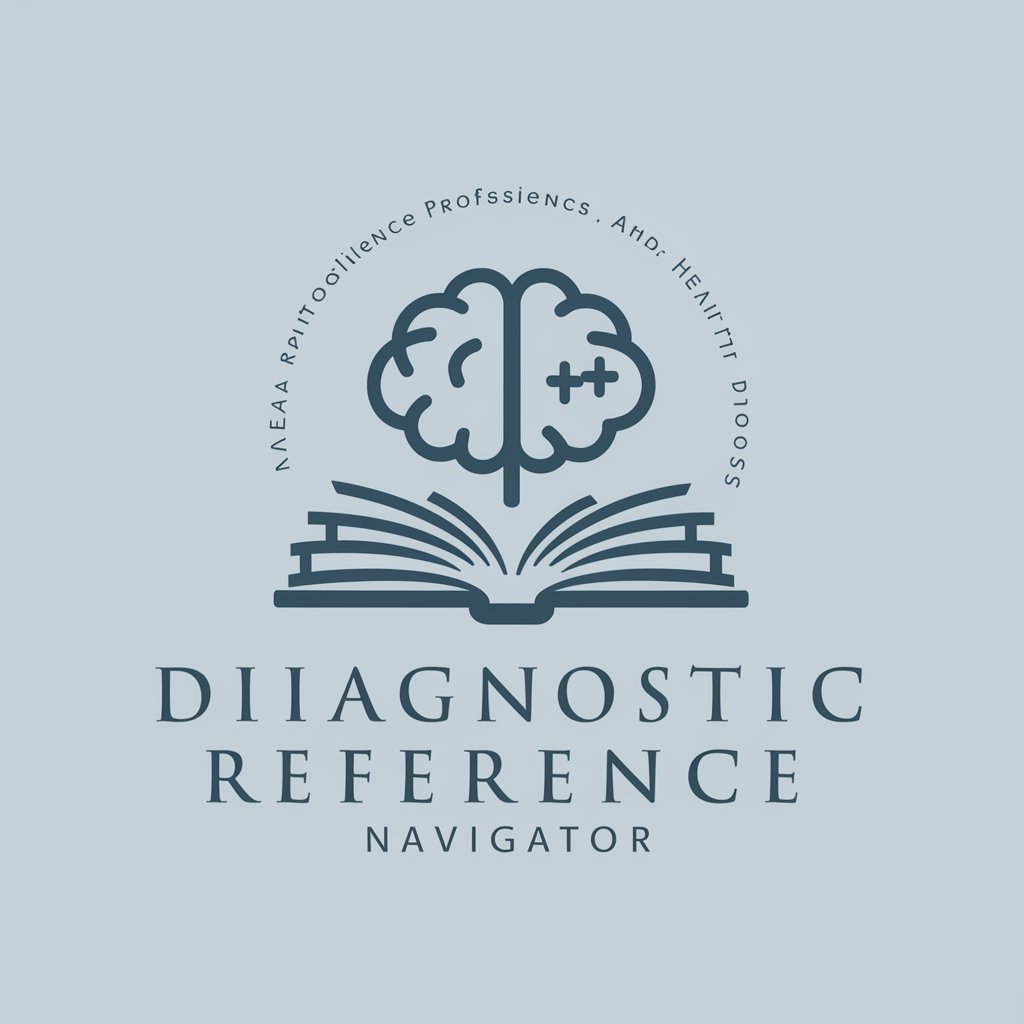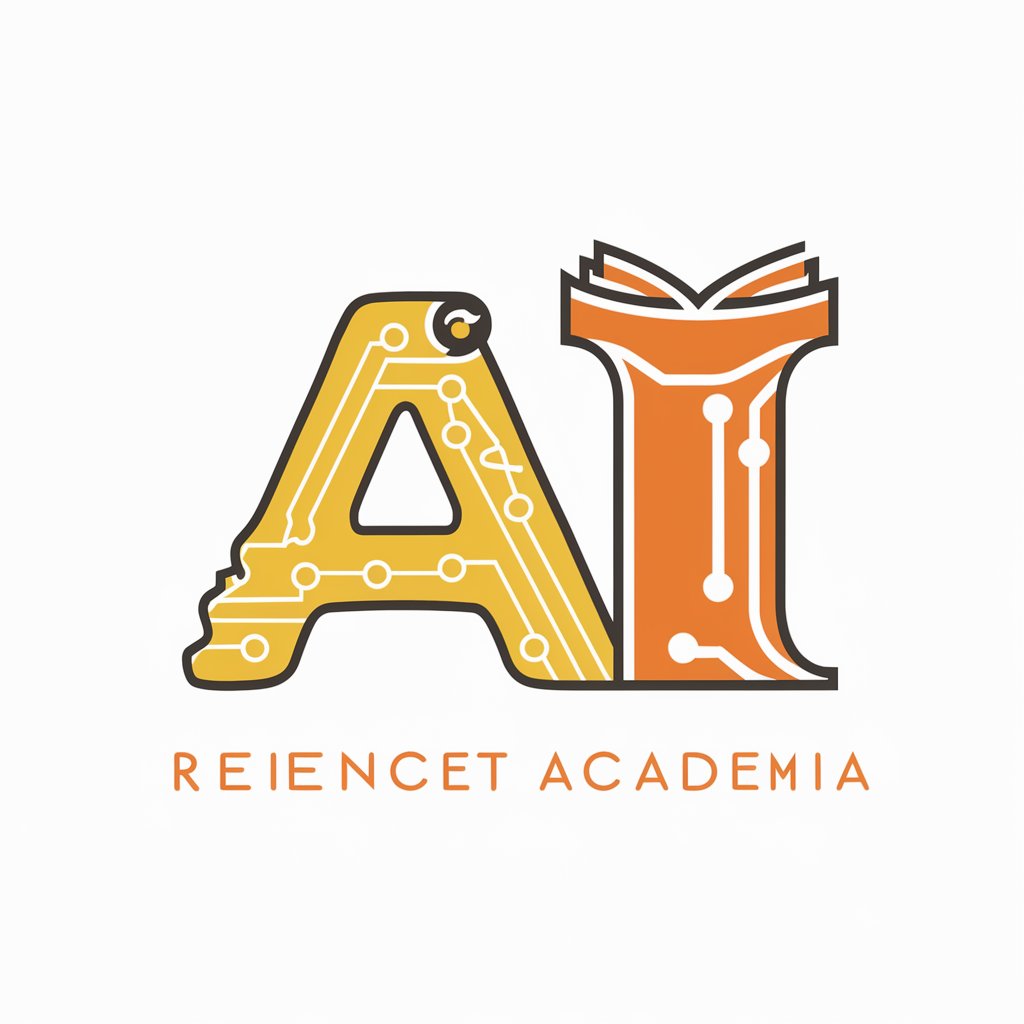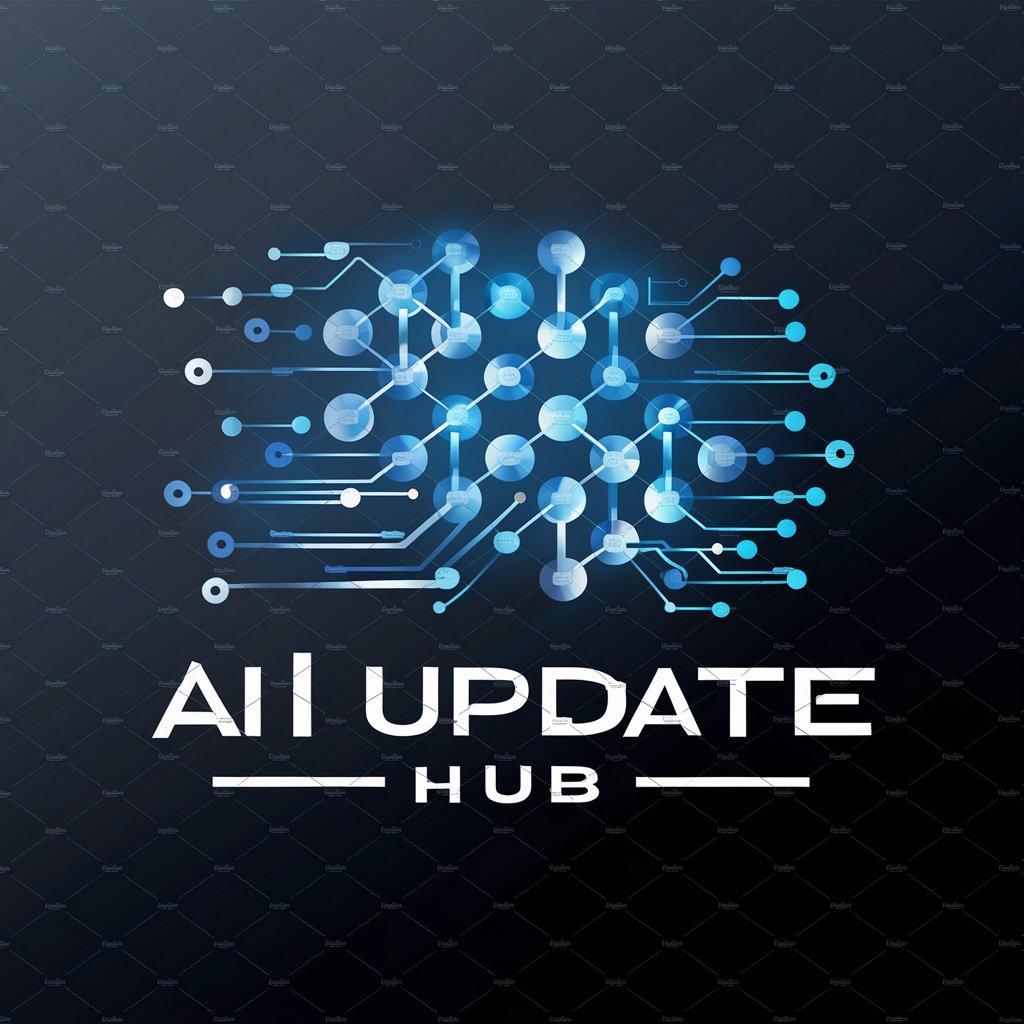15 GPTs for Research Reference Powered by AI for Free of 2026
AI GPTs for Research Reference are advanced tools based on Generative Pre-trained Transformers, designed to assist in research-related tasks. These tools leverage AI to analyze, synthesize, and generate responses or content relevant to a wide range of research fields. Their purpose is to facilitate the process of gathering, understanding, and producing research materials, making them invaluable for students, researchers, and professionals seeking to navigate and utilize vast amounts of information efficiently.
Top 10 GPTs for Research Reference are: PsychAid: Diagnostic Explorer,Huberman Assistant,Diagnostic Reference,United States Facts,Heartwise Advisor (Adult Cardiology),Green Top Guidelines,2017年のディープラーニング論文10選,Hypertension Guidelines,피부과 전문 작가,BBank Mission
PsychAid: Diagnostic Explorer
Empowering Mental Health Diagnosis with AI

Huberman Assistant
Empowering insights at the intersection of AI and neuroscience.

Diagnostic Reference
Empowering mental health professionals with AI-driven DSM insights.

United States Facts
Explore America with AI-powered insights

Heartwise Advisor (Adult Cardiology)
AI-powered cardiology expertise at your fingertips.

Green Top Guidelines
Empowering healthcare with AI-driven guidelines

2017年のディープラーニング論文10選
Explore Deep Learning's 2017 Breakthroughs

Hypertension Guidelines
Empowering Hypertension Care with AI

피부과 전문 작가
Empowering skincare through AI

BBank Mission
Revolutionizing Blood Transfusion with AI

최수진 의사 - 코로나 전문
Empowering healthcare with AI-driven insights

AI Update Hub
Stay Ahead with AI Intelligence

Sports Books Summarizer
Deciphering Sports Knowledge with AI

Pancreatic Cancer
Empowering with AI-driven Pancreatic Cancer Knowledge

Transition to Parenthood and Family Dynamics Tutor
Empowering new parents with AI-driven insights.

Key Attributes and Functions
AI GPTs for Research Reference boast a suite of unique features tailored to the research domain. These include advanced natural language understanding for nuanced queries, the ability to synthesize and summarize academic texts, image creation for visual data interpretation, and data analysis capabilities for uncovering insights. Their adaptability allows for use in a range of complexities, from simple fact-checking to deep, contextual analysis. Special features include web search facilitation, language learning for multilingual research, and technical support for specialized topics.
Who Benefits from AI GPTs in Research
AI GPTs for Research Reference are designed for a broad audience, including students new to research, developers creating research tools, and professionals across various fields. These tools are accessible to users without programming skills, offering intuitive interfaces and guided interactions. For those with technical expertise, they provide extensive customization options, allowing users to tailor the AI's capabilities to specific research needs.
Try Our other AI GPTs tools for Free
Therapeutic Planning
Discover AI GPTs for Therapeutic Planning: cutting-edge tools transforming healthcare with personalized, data-driven treatment strategies. Tailored for professionals and patients, they redefine therapeutic precision and effectiveness.
Moderation Automation
Discover how AI GPTs revolutionize content moderation with advanced, adaptable AI tools designed for real-time, accurate content analysis and management.
Inclusivity Tools
Discover how AI GPTs for Inclusivity Tools are revolutionizing digital accessibility, offering tailored solutions to create more inclusive and equitable online environments for everyone.
Business Financing
Discover AI-powered tools for Business Financing designed to optimize financial analysis, reporting, and forecasting, making informed decisions easier than ever.
Loan Optimization
Discover AI GPTs for Loan Optimization: Transforming loan management with AI-driven insights, predictions, and strategies for optimal loan performance.
Acquisition Assistance
Discover how AI GPTs revolutionize acquisition assistance, offering tailored, data-driven solutions to streamline your acquisition strategy and decision-making.
Extended Perspectives on AI GPTs
AI GPTs function as versatile solutions across different sectors, offering user-friendly interfaces and the potential for integration with existing systems. Their adaptability and advanced features not only make research more accessible but also open up possibilities for innovative applications within various professional fields.
Frequently Asked Questions
What exactly are AI GPTs for Research Reference?
AI GPTs for Research Reference are artificial intelligence tools designed to support and enhance research by providing tailored responses, summaries, and analyses relevant to various fields of study.
How do these tools differ from general AI models?
These tools are specifically fine-tuned for research purposes, offering capabilities like academic text summarization, technical language understanding, and specialized data analysis not typically found in broader AI models.
Can non-technical users operate these AI tools effectively?
Yes, these tools are designed with user-friendly interfaces that do not require coding knowledge, making them accessible to a wide range of users.
Are there customization options for technical users?
Absolutely, technical users can access advanced features and APIs to customize the AI's functionality for specific research projects or requirements.
What makes AI GPTs suitable for multilingual research?
These GPTs possess language learning capabilities, allowing them to understand and generate content in multiple languages, thus supporting research in a global context.
Can these tools integrate with existing research workflows?
Yes, AI GPTs for Research Reference are designed to be compatible with various digital tools and platforms, enabling seamless integration into existing research processes.
How do AI GPTs handle complex and specialized topics?
They are equipped with technical support features that enable deep dives into specialized topics, providing detailed and accurate information pertinent to the research subject.
What future advancements can we expect in AI GPTs for Research Reference?
Future developments include enhanced accuracy in data analysis, broader multilingual support, and more sophisticated integration capabilities with research databases and tools.